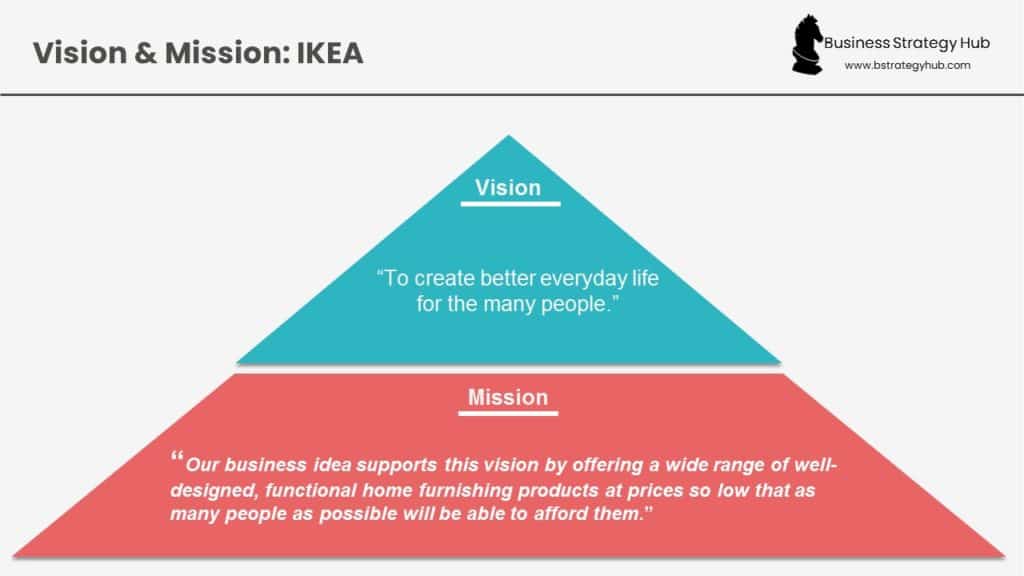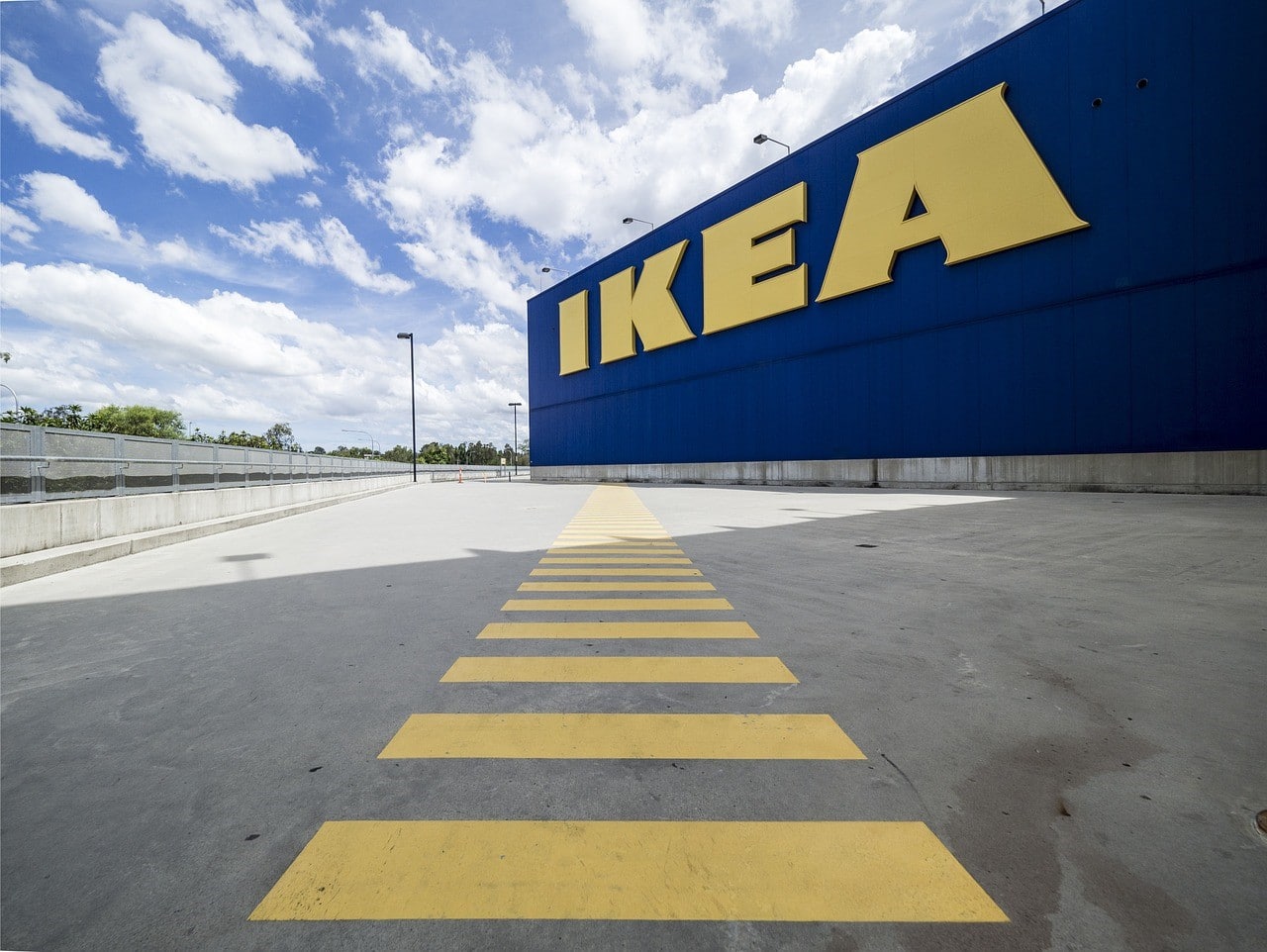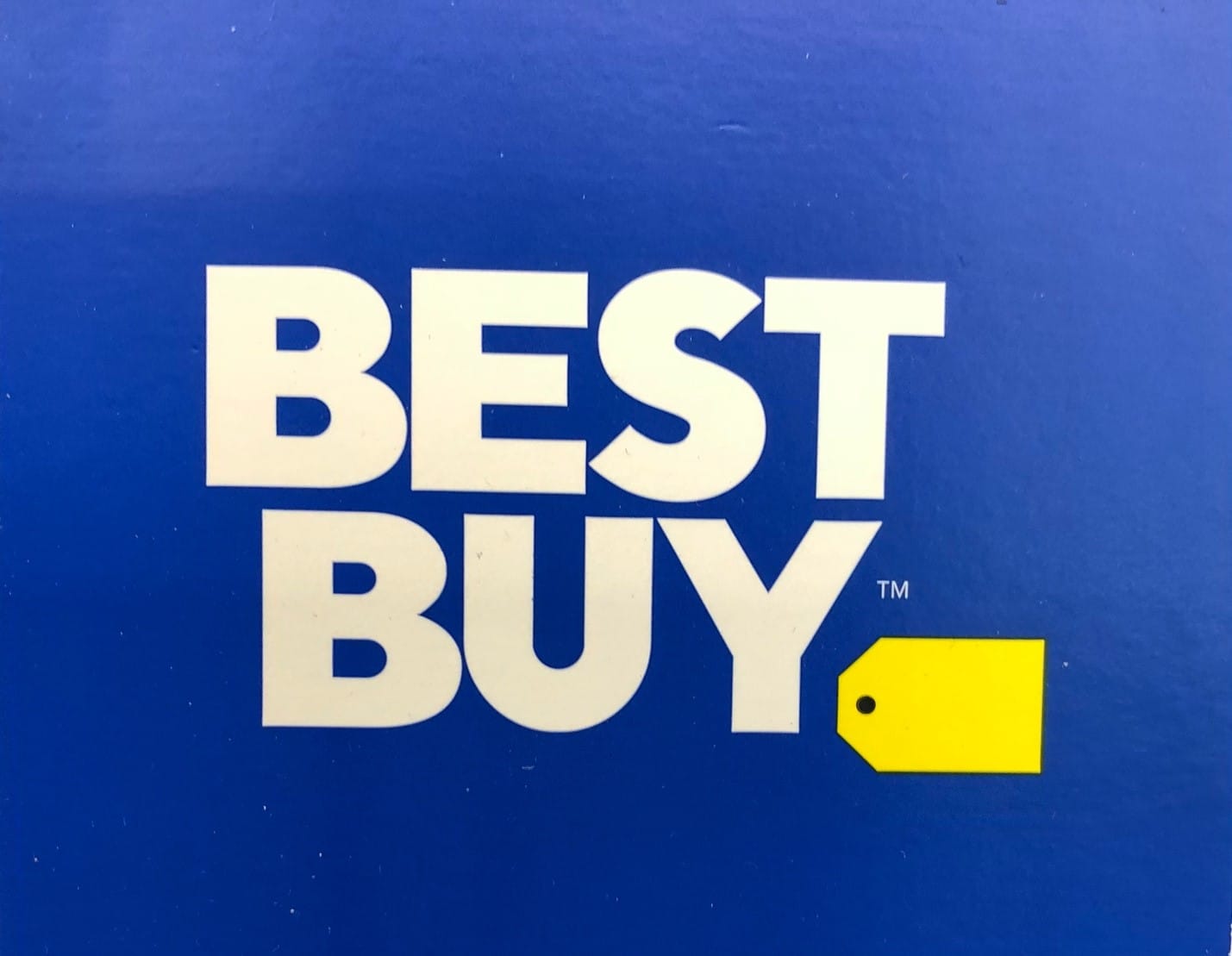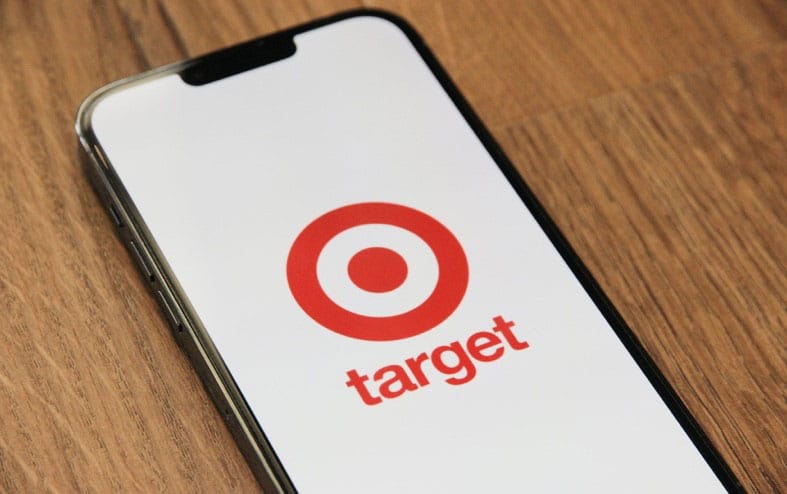Company: IKEA
CEO: Jesper Brodin
Founders: Ingvar Kamprad
Year founded: 1943
Headquarter: Delft, Netherlands
Number of Employees (Sept 2020): 208,000
Type: Private
Annual Revenue (FY 2019): $48.7 Billion
Profit |Net income (FY 2019): $2.14 Billion
Products & Services: Ready-to-assemble furniture, homeware
Competitors: Walmart | Amazon | Wayfair | Sears | Tesco
Fun Fact – The name IKEA is actually an acronym that stands for – Ingvar Kamprad, Elmtaryd and Agunnaryd
Introduction
Ingvar Kamprad founded IKEA in 1943. With its headquarters in Delft, Netherlands, the company has evolved significantly from a small Swedish business to a reputed home furnishing brands in the world that used to sell initially through a mail-order catalog.
Currently, IKEA operates more than a hundred stores across the globe with prospects of growth in the future.
IKEA Vision Statement
The vision statement of IKEA is a simple one-liner that has been stated as,
“To create better everyday life for the many people.”
Further reflecting upon it, the business idea and business model of IKEA is in accordance with this vision statement. This can be reflected by the fact that business idea of entity supports this vision by providing a diverse range of functional and well-designed products of home furnishing at economical prices to ensure that is easily accessible and affordable for everyone.
To enhance consumers’ access to its products, IKEA is moving online and shifting from large out-of-town stores to smaller inner-city stores. These changes are part of its digitalization efforts and also seek to enhance accessibility by breaking down barriers imposed by recent events. [1]
IKEA Mission Statement
There is no specific mission statement for IKEA. However, this phrase connects their vision to their business aspirations, so it’s fair to assume this phrase as IKEA’s mission statement.
“Our business idea supports this vision by offering a wide range of well-designed, functional home furnishing products at prices so low that as many people as possible will be able to afford them.”
The mission statement of an organization is based and developed on the foundation of its vision and core values that have been established for an organization, reflecting the course of action and strategy to be implemented by the entity for achieving the prescribed vision from a long-term perspective.
Through investing in the future, the mission of IKEA revolves around attaining sustainable long term growth for the ultimate benefit of suppliers, customers, and employees.
In this regard, a significant portion of the profits generated by IKEA is invested back towards sustainable solutions, product development as well as towards the development of new and existing new stores, while ensuring that the ultimate price levied upon the customers is as low as possible.
The mission statement of IKEA is developed on the major belief that sustainability should be an affordable option for the majority, rather than being treated as a luxury good.
As part of its sustainability drive in the year 2013, IKEA successfully accomplishes its goal of phasing out and distributing pallets made from wood from the global transport network.
Currently, it only makes effective use of loading ledges and paper pallets, while the majority of the products produced by IKEA constitute cotton as a major raw material. According to its 2020 Sustainability Report, IKEA has decreased its carbonfootprint by 4.3%, which is the same level as FY16. The rapid adoption of renewable energy and an increase in the utilization of recycled and sustainable materials contributed immensely. IKEA also announced plans to invest $220 million in renewable energy and other measures in 2020 to offset its carbon emissions. [2]
Since the conventional farming methods for growing cotton is harmful to the environment, therefore with the objective of elevating environmental and social standards, IKEA coordinates with farms. Additionally, the utilization of child labor as part of the supply chain is also prohibited strictly.
The mission of IKEA revolves around its approach on developing and designing its products in accordance with the daily needs of consumers for the welfare of people.
This is evident from their low prices along with the provision of an attractive, functional, and reliable solution. The major foundation of IKEA’s mission is based upon sustainability throughout its evolution. Thus, to achieve positive environmental and social impacts, it launched its People and Planet Positive program. In 2020, IKEA extended its mission for environmental and social change beyond its furniture business to include its food courts. The company has begun offering plant-based alternatives across its UK stores to replace its popular meatballs to help customers make more sustainable choices. [3]
The main idea behind this program was to integrate the mission, vision, and core values of the organization together to transform and drive innovation in the overall business of IKEA.
As a result, the mission of IKEA to strengthen its competitiveness can be attained through ensuring long term accessibility to significant energy supplies, raw materials, along with the development and maintenance of its supplier base. Not only this, but IKEA also focuses on the development of cordial relations with customers and its co-workers.

IKEA Core Value (Analysis)
The success of any organization revolves around its shared values and the respective culture of the organization. In this regard, the culture and business of IKEA are based upon core values that are shared by their member. The shared valued that regulates the behavior and operations inside IKEA are provided as below:
-
Humbleness and Will Power: IKEA is reputed as a humble brand with respect to its business operations, which is particularly evident in its treatment of suppliers and customers. Their will power can be reflected in their desire to serve, innovate, and get things done.
-
Leadership by Example: The leaders and managers at IKEA believe in the core idea of leading by example by setting standards for their employees. IKEA also leads other companies by example, in the fight against climate change, environmental degradation, and pollution. For example, Ingka Group pledged to invest over $700 million in sustainable practices to meet IKEA’s green goals. [4]
-
Daring to be Different: A key aspect of IKEA’s business is based upon its idea of differentiation and is considered something of increasing value at the entity. Old solutions are always under check, while new options are always evaluated for implementation.
-
Togetherness and Enthusiasm: Collaboration with enthusiasm is vital, and perhaps something of increased value as it assists significantly in resolving issues. Thus, through collaboration and enthusiasm, the biggest challenges and even complex problems are being solved. In 2020, IKEA announced its partnership with the Ellen MacArthur Foundation in its efforts to become a fully circular business by 2030. The circular economy can help IKEA to contribute to global efforts to address challenges, such as climate change, waste, and pollution. [5]
-
Constant Desire for Renewal: An important core value at IKEA is the desire for seeking innovation and creativity. As a result, IKEA keeps innovating to ensure the provision of high-quality products for its customers at economical prices.
-
Cost Consciousness: In relation to the implementation of daily core values at IKEA, cost consciousness is indeed a central value and a significant component of IKEA’s business strategy. Thus, to pass the benefits to the customer and maintain low cost, IKEA is known to make efficient use of its resources and manage costs effectively.
-
Accept and Delegate Responsibility: At IKEA, they believe in authorizing and empowering people. Accepting and delegating responsibilities are two of the ways to develop as independent individuals. Being positive and forward-looking to inspire everyone to contribute and grow. This attitude comes with trust. Promoting co-workers with potential and motivate them to outshine their expectations, IKEA has infused a culture of acceptance and delegation in the organization.
References & more information
- Ringstrom, A. (2020, Oct 6). IKEA’s eyes return to growth this year after sales shrank 4% in 2019/20. Reuters
- Remington, C. (2020, Feb 27). IKEA decreases environmental impact. Eco Textile
- Holder, M. (2020, July 17). IKEA to rollout vegan ‘meatballs’ across UK stores. Business Green
- Hill, T. (2020, Sept. 3). Ingka Group pledges €600m sustainable investment drive to meet IKEA’s green goals. Business Green
- Edie Newsroom. (2020, July 1). Ikea launches a circular economy strategic partnership with Ellen MacArthur Foundation. Edie News
Tell us what you think? Did you find this article interesting? Share your thoughts and experiences in the comments section below.












Thanks for Sharing!